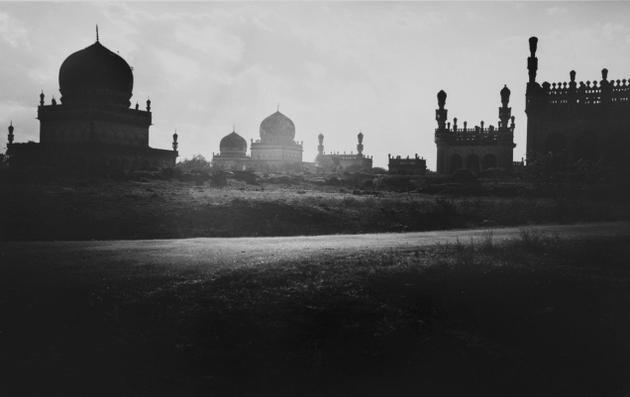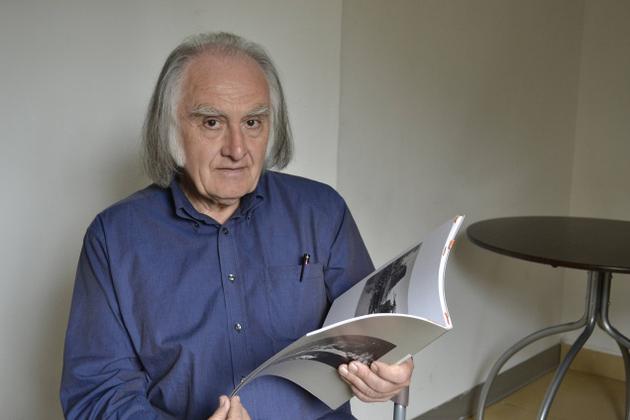
Photographer Thomas Luttge has captured the Golconda Fort and its vicinity since 1970s and urges photography enthusiasts to look past postcard images
Last weekend, a small group of photography enthusiasts walked along the wall of Naya Qila with their cameras in tow. “It was the first day of the workshop, which I chose to call the day of discovery,” says Thomas Luttge, who mentored participants through the three-day workshop conducted as part of Hyderabad Literary Festival 2014. His methodology of mentoring took a few by surprise, even left them a tad disappointed.
He wasn’t going to hand-hold them and explain different angles from which the area could be shot. “This was a creative workshop and I wanted them to observe; it had to be their discovery, I was always available if they wanted to talk but I wouldn’t interfere,” says Luttge, who conducted a survey of the area prior to the workshop. “I chose one section of the wall assessing its accessibility. I limited the (field) area from the under-path of the golf club till the area leading to a flight of stairs. We could see the historic wall in the background, an old pond which is now dirty and people who have, with limited resources, built their own little houses very close to the wall,” says Luttge.
The participants took their time to walk around the area and draw their inferences. “Some were interested in how large stones were placed one over the other to build the wall; a few others observed people living there and others liked the entire atmosphere,” says Luttge. The second day of the workshop saw students taking photographs and analysing them and the third day saw them presenting select photographs.
Clicking photographs was only one part of the workshop. Learning to document and present their work formed the rest. “Documentation doesn’t mean clicking a photograph and showing it to others; I am critical of this easy talk of documentation. One should make up his mind on why he likes some photographs over the others. The best part was participants standing up and presenting their work, which some of them were doing for the first time,” says Luttge.

Thomas Luttge knows the topography of Golconda Fort and its surroundings rather well, having photographed the area since his first visit to the area, in 1975, along with Hans Winterberg who was then the director of Max Mueller Bhavan in Hyderabad. “When I was here for the first time, I felt as though I had stepped back a 100 years year into a dream culture where everything was slow and a bit dusty but the people were very friendly. So much has changed. There is a rush and people are under different pressures today,” he observes.
An avid traveller, Luttge has documented his impressions on large cities — New York, Paris, Munich, Mumbai, Pune and Hyderabad among others — over several decades through photographs that give us insights into places, people and culture beyond touristy, postcard images. Beginning February 7, he will be holding an exhibition of some of these photographs, all in black and white, titled Cityscapes, at Goethe Zentrum. “Some people viewing my images feel I’ve arranged those photographs. But real life is beyond imagination. I try to find powerful images from big cities that would concentrate imaginations of that city; I look for small corners where life goes on with spontaneity,” he signs off.
Ideas for the present
During the recent workshop, Luttge recalls participants coming up with their ideas on how historical places can be reinvented to suit our time. “A student of city planning and architecture from Iran, now learning German here, suggested that the different platforms along Naya Qila wall could be used by people to gather and talk about relevant issues — different platforms for performing arts, social concerns and ecological concerns and so on. These areas were probably used as observation towers in the past to keep tab on intruders. She felt these can serve as platforms. Another participant liked the entire area and suggested that it could perhaps be used to host music sessions. These are marvellous ideas,” commends Luttge.
source: http://www.thehindu.com / The Hindu / Home> Features> MetroPlus / by Sangeetha Devi Dundoo / Hyderabad – January 30th, 2014